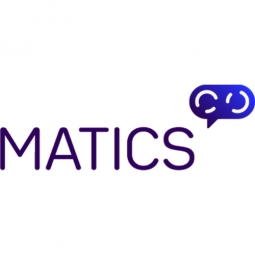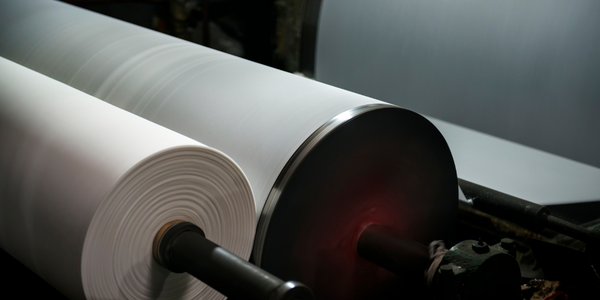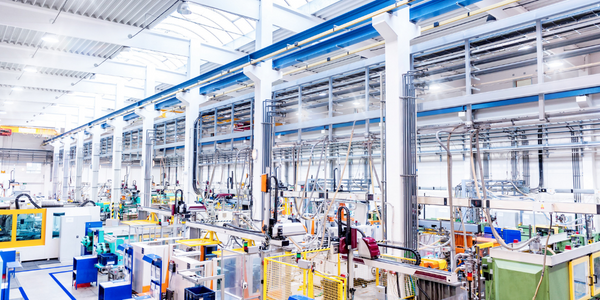
技术
- 分析与建模 - 预测分析
- 分析与建模 - 实时分析
- 应用基础设施与中间件 - 数据交换与集成
- 应用基础设施与中间件 - 数据可视化
- 功能应用 - 企业资产管理系统 (EAM)
- 功能应用 - 制造执行系统 (MES)
- 功能应用 - 远程监控系统
用例
- 工厂可见化与智能化
客户
特罗工厂
关于客户
挑战
Tetro 工厂面临以下挑战: - 控制生产流程、跟踪错误和优化性能。 - 通过无缝协同工作的系统运行完全集成的基于知识的业务。 - 将制造生产数据集中到一个系统中,可以从单点入口查看和分析。 - 实时查明哪些站点正在影响生产,以及可以采取哪些措施来恢复和提高效率。 - 实施预防性维护并确保最短的停机时间。 - 监控能源消耗并优化每个产品的材料消耗。
解决方案
Tetro 工厂实施了 LeaderMES 系统来应对上述挑战。 LeaderMES 系统及其即插即用模块部署在整个生产车间,这对 Tetro 的运营成功和建立一个完全可见、连接和基于知识的工厂的长期愿景起到了重要作用。由于开放且灵活,LeaderMES 配置为与 Tetro 的内部商业智能和验证系统集成,以满足其特定的可追溯性和分析要求。 LeaderMES 让 Tetro 全面了解其车间运营和材料管理,使团队能够实时监控和跟踪整个工厂的日常运营和资源使用情况。它还支持预测性维护,从而减少计划外停机时间。
收集的数据
Asset Status Tracking, Energy Consumption Rate, Fault Detection, Operation Performance, Production Efficiency
运营影响
数量效益

Case Study missing?
Start adding your own!
Register with your work email and create a new case study profile for your business.
相关案例.

Case Study
Accelerate Production for Spirit AeroSystems
The manufacture and assembly of massive fuselage assemblies and other large structures generates a river of data. In fact, the bill of materials for a single fuselage alone can be millions of rows of data. In-house production processes and testing, as well as other manufacturers and customers created data flows that overwhelmed previous processes and information systems. Spirit’s customer base had grown substantially since their 2005 divestiture from Boeing, resulting in a $41 billion backlog of orders to fill. To address this backlog, meet increased customer demands and minimize additional capital investment, the company needed a way to improve throughput in the existing operational footprint. Spirit had a requirement from customers to increase fuselage production by 30%. To accomplish this goal, Spirit needed real-time information on its value chain and workflow. However, the two terabytes of data being pulled from their SAP ECC was unmanageable and overloaded their business warehouse. It had become time-consuming and difficult to pull aggregate data, disaggregate it for the needed information and then reassemble to create a report. During the 6-8 hours it took to build a report, another work shift (they run three per day) would have already taken place, thus the report content was out-of-date before it was ever delivered. As a result, supervisors often had to rely on manual efforts to provide charts, reports and analysis.
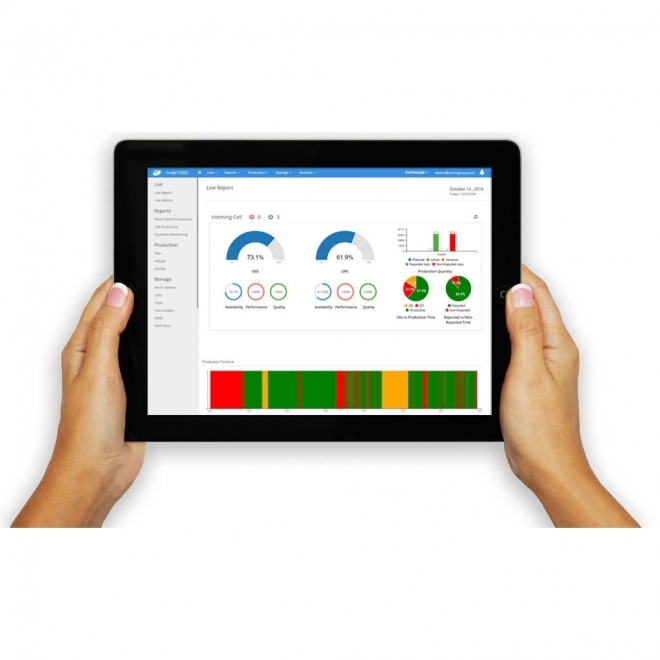
Case Study
Automotive Component Manufacturer Improves with Datonis IoT Solution
As a part of their Industry 4.0 initiative, the customer primarily wished to leverage IoT for maximizing operational efficiencies, productivity, reducing the energy footprints and maximizing capacity utilization. But there were several challenges at the outset:Firstly, the customer had multiple assembly lines with a diverse set of machines, systems and sensors, all communicating on different protocols. As such, primarily they needed a partner who could connect diverse set of assets on to a single platform and make use of underutilized ‘dark’ data.Secondly, the amount of data, data types and their applications was so vast, that the platform handling it, needed to be scalable and flexible.Lastly, Varroc faced the typical challenge of innovating in ‘Brownfield’ markets – wherein the real bottleneck is in integrating IoT in tandem with both the new and legacy equipment without any further CAPEX for asset substitution.

Case Study
AUDI AG 20% PRODUCTIVITY IMPROVEMENT
In the automotive industry, niche products are becoming more and more important. The automobile industry has changed considerably over the past few years. No doubt: to remain competitive, instant reaction to specific customer requests is of utmost importance. In a parallel to the growing individualization of our society, the range of models available from Audi has increased as well.
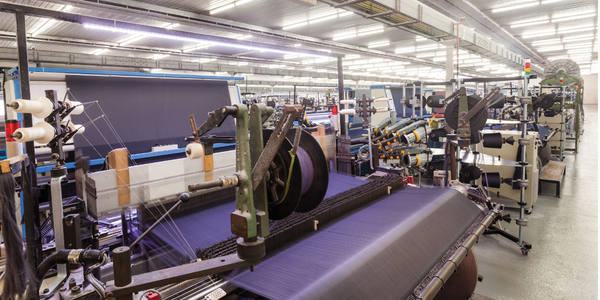
Case Study
Improving productivity and quality in Textiles
VISIBILITY - Currently unable to see amount of power consumed per machine or plant; need to account for energy used per batch. WASTE - 10% of product fails quality standards, unable to identify point of failure (initial spinning, weaving, final processing, etc). INACCURACY - Acquiring OEE measurements and compiling them is a manual process, which lacks visibility into all parts of the production process and is error-prone. LACK OF INTEROPERABILITY - Outdated machinery still has long, effective lifespans but needs to connect to newer, digital assets

Case Study
IoE Increases Operational Efficiencies and Improves Energy Management
For many manufacturing companies today, the opportunity to connect people, process, data, and things created by the Internet of Everything (IoE) presents a new way to look at factory automation. The opportunity for digital innovation often arises when a company is expanding capacity or building a new production facility. Mahindra and Mahindra, one of India’s leading automakers, seized the opportunity to deploy a connected factory of the future at their new Chakan facility.




